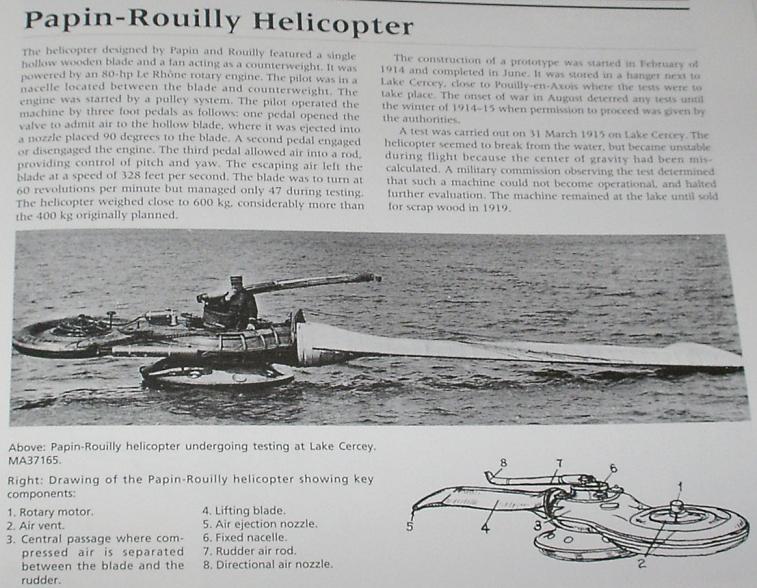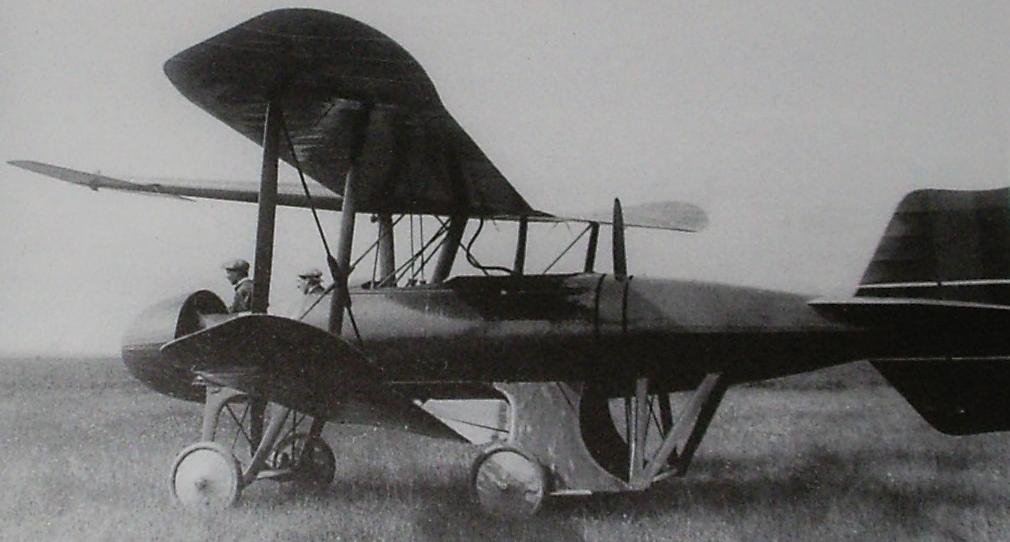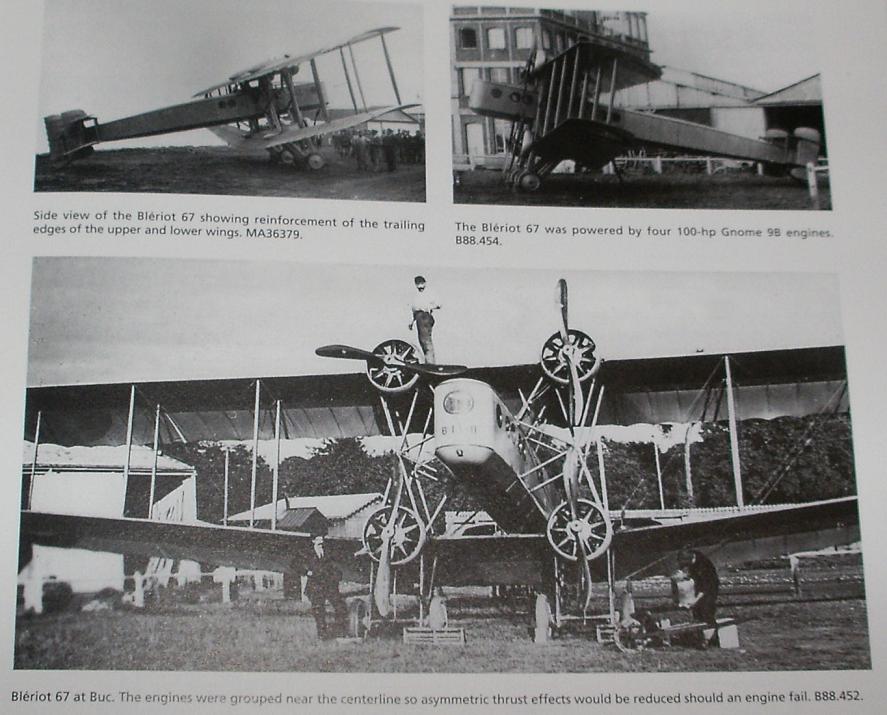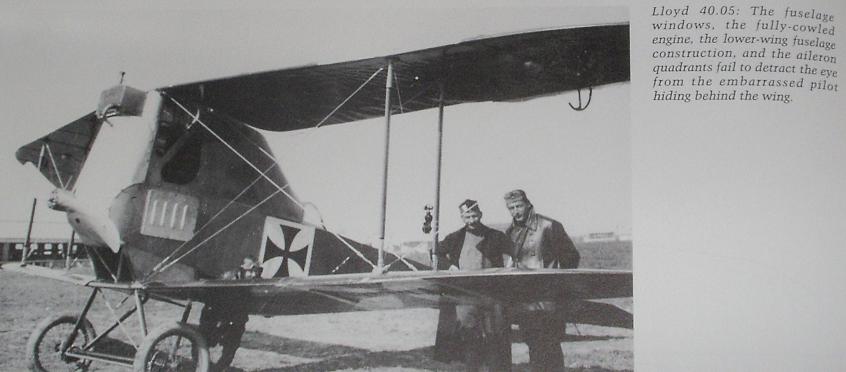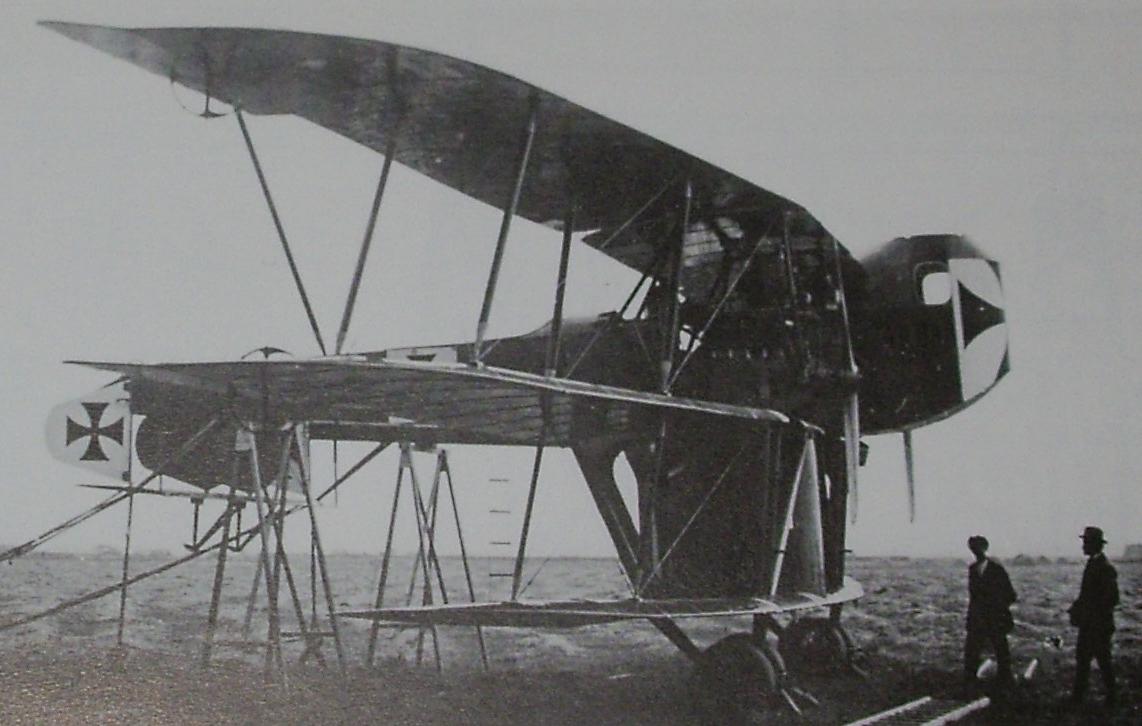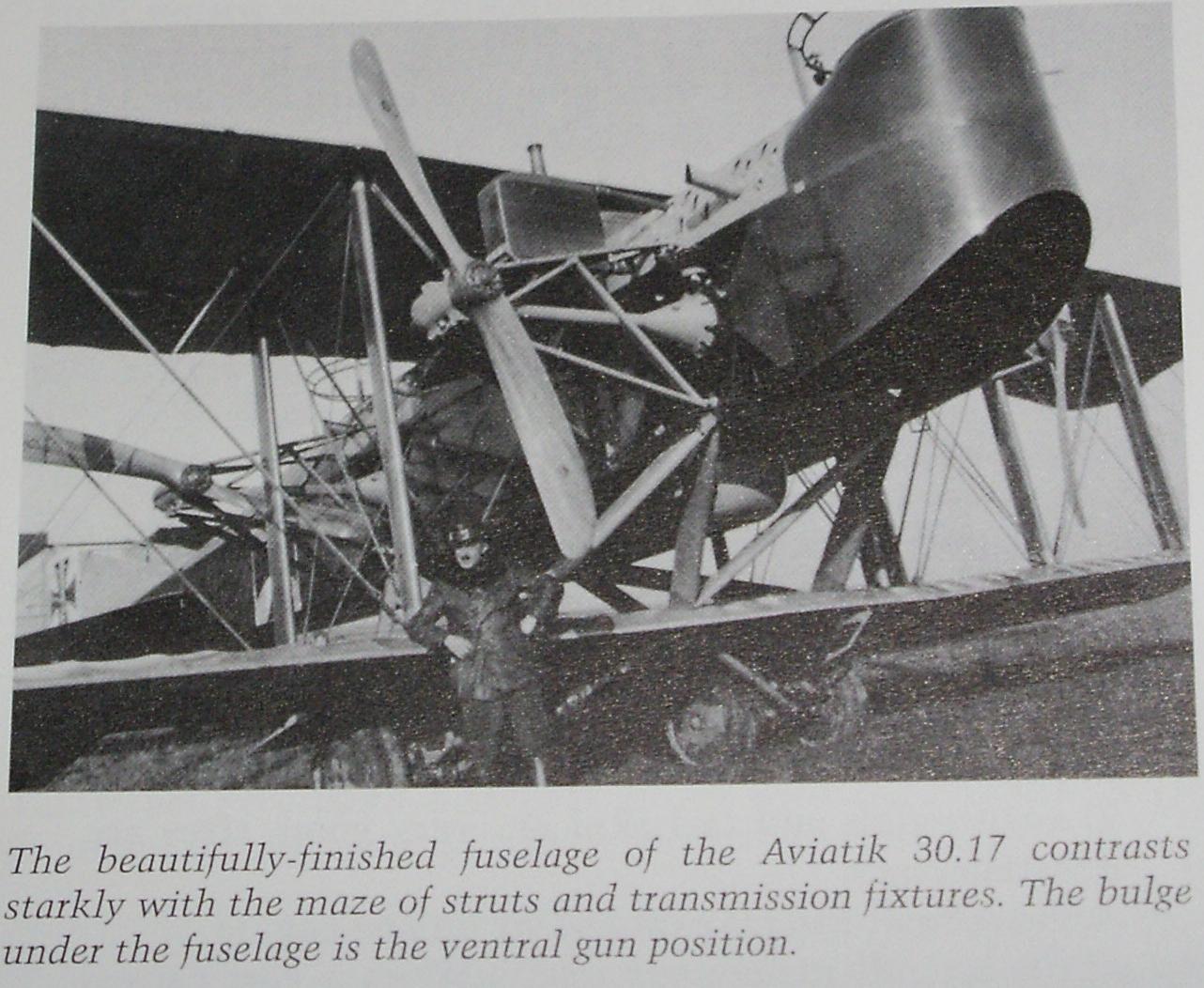

Bullethead
JAGDSTAFFEL 11-
Posts
2,578 -
Joined
-
Last visited
-
Days Won
2
Content Type
Profiles
Forums
Gallery
Downloads
Store
Everything posted by Bullethead
-
When you create a skin, put it in the \campaign\Campaign Data\skins folder. At least I think that's the path (I don't have OFF o this computer so can't check it). Anyway, it's the campaign tree and the ultimate folder is \skins. Once you have the skin in that folder, you can select it in QC and the campaign. NOTE: When selecting skins, they're listed alphabetically. Thus, it helps to give your skins names that will put them at the top of the list, and also be recognizable from the stock skins. I name mine all "BH_(airplane type)_(skin description)".
-
You mean a pic like this? You have to select the flare from your "2ndary armaments". I forget the default key for that because I've changed mine keys, but you have to cycle between bombs, rockets, and flares.
-
...quam minime credula postero. Mors venit velociter quæ neminem veretur Omnia mors perimit et nulli miseretur I hate to say it, but I'll bet a case of beer that within a year, Al Gore will be saying that this was somehow the result of human impact on the planet..... Seriously, that guy totally underestimates the extent of Mother Earth's mood swings.
-

OT "NO WAY am I sniffin' those!"
Bullethead replied to UK_Widowmaker's topic in WOFF UE/PE - General Discussion
I have a beehive over at a place where it can pollinate a huge vegitable garden. The guy who lives there has a great dane, which IMHO is the stupidest animal alive. Every time I go over to check the hive, this dog has to stick his nose up in the doorway and sniff around, obviously forgetting what happened the last time. He snorts up some bees which sting him inside the nostrils and goes howling off about 10 yards. There, he lies down and rubs his nose furiously while whimpering miserably. Problem is, he always stops directly in line with the hive opening, which is right under the main flightpath, and he's now exuding mad bee pheromone with each breath. This attracts more bees which sting him all over and soon send him yelping all the way back to the guy's house where he dives under the porch. And the next week when I go there again, the same thing happens. -

OT "NO WAY am I sniffin' those!"
Bullethead replied to UK_Widowmaker's topic in WOFF UE/PE - General Discussion
Looks like a typical day in Lousy Anna's armpit. After seeing them in action countless times, I'm totally convinced that bloodhounds are far more intelligent than deputies -
It's good to see some modelers are still using gas-burners instead of electirc. I think the vapor trail of castor oil behind the planes is particularly appropriate for models of rotary kites :).
-
:clapping: Bravo!
-
With all due respect, this doesn't change the utterly unrealistic nature of the mission. And 2nd, scrambles only have a fair chance of a happy ending if you happen to be flying a rotary scout (other than a DH2 or DH5). That means the Sopwiths, the Nupes, and the Dr.I and E.V. In these, you have a good chance of avoiding the initial swoop, after which the enemy will usually blow his E advantage and it becomes a fair fight or better. In anything else, you're almost certain to die horribly, especially if you're in an inline bird and being swooped by rotaries.
-
57 Squadron and 1 or 2 others had the RE8 during Bloody April. I've done a couple of careers as an RE8 gunner in 57 during Bloody April, and I learned some interesting things. In these careers, I'd take off myself and jump in the back once over the threshold trees, where I'd remain until it was time to land. Then I'd jump in the front on final approach. Anyway, I learned some interesting stuff about AI vs. 2-seaters doing this. For the most part, AI interceptors only make 1 attack when they 1st meet you, after which they follow along harmlessly behind you just out of gun range. If they come at you from behind to start with, they often won't attack at all. But either way, if you survive the 1st rush, you're safe because no other Jastas will bother you at all as long as you've already got a Jasta tagging along behind you. Other Huns will pass by within spitting distance without shooting and you might get lucky and nail one. Problem is, most Jastas have a limited attention span, which means that at some variable time they'll get bored and leave you. When that happens, the next Jasta you meet will swoop you. Therefore, the best-case scenario for a 2-seater is to get hooked up with a Jasta just your side of the lines, so if you get forced down on the 1st rush you can maybe land safely. Then they stay with you untl you get back about 1/2way to your base, when you're safe from meeting another Jasta. If you survive the initial rush (if it happens), then then you're perfectly safe except for bad luck with Archie. OTOH, the worst-case scenario is meeting a bunch of Jastas in series, all with ADD, so you suffer repeated initial attacks. This is almost always fatal on the 2nd or 3rd swoop because by then your formation has been thinned out severely and most of them are aiming at your bus. Almost as bad is getting a Jasta with the patience of an ox, following you all the way home. This is because you're only safe form a tag-along Jasta as long as your flight remains in formation and flies along as if the Huns weren't there. Thus when your flight breaks up for landing approach, you get massacred.
-
Actually, if you kill your assigned target balloon, you'll get a message saying that ground troops on your side saw it happen so you can get the claim form even if your wingmen all buy it, and such thing have a pretty high chance of being confirmed and that quickly (haven't had one denied yet). However, you're right about other balloons--no credit or even a claim form unless it's your target.
-

The Museum of Diseased Imaginings
Bullethead replied to Bullethead's topic in WOFF UE/PE - General Discussion
I love the expression of the brass hat sitting on this "helicopter". He's scratching his chin as if wondering "WTF was the government thinking spending money to finance this crackpot idea?!?!?!??!" -

The Museum of Diseased Imaginings
Bullethead replied to Bullethead's topic in WOFF UE/PE - General Discussion
Here is something no doubt inspired by over-consumption of absinthe (and probably LSD as well). I've never seen anything more deserving of inclusion in the MDI. I'll let the article speak for itself. This again is from French Aircraft of the First World War, by Davilla and Soltan. BTW, I highly recommend this book to anybody with an interest in WW1 aviation. -

Last U.S. World War 1 veteran is dead...
Bullethead replied to Javito1986's topic in WOFF UE/PE - General Discussion
I drink to his shade! -
Note unless you look very closely in external view. For TAC and targeting purposes, balloons are classified as some sort of ground object and show up on the same TAC layer as guns. Thus, when balloons are on the active TAC layer, they're swamped by all the dozens of guns around them and any other enemy installations in the neighborhood. The only way to assign the actual balloon as a target to your wingmen is to pause the game, go into target-player view, and flip through all the possible targets out there until you find the balloon. What makes this even more time-consuming is that the camera doesn't snap to the balloon itself up in the air, but to its anchor on the ground. This anchor is pretty nondescript most of the time--you might mistake it for a pillbox or something--except that it always has a thin black cable running up off the top of your screen. So look for the cable and you'll know where the balloon is and can send your wingmen after it. Also note that if you're relatively high up and not far distant horizontally, often the camera will show nothing of the ground at all as you cycle through the targets. You'll just get a view of the sky with your plane as a distant dot. In this case, you won't see any guns or the actual balloon anchor, but you will USUALLY see the cable running up through the middle of the screen. However, because some guns are very close to the anchor, you might see the cable when your current target is a gun. Thus, it's best to zoom in and out and try to make sure the cable is really part of your current target and not coincidentally along the LOS back to your plane. Because of all this, it's usually best just to go for the balloon yourself and have your wingmen follow and protect you. The best tactic I've found is to NOT fly directly towards the balloon but to pass it off the side, then turn in some miles behind it so it's between me and my route home. Then I dive steeply down in the balloon's direction but aiming to be well short of it. On the way down, I'm looking up and ahead. When I see the balloon (usually when it pops above the horizon), I level off and come screaming in at it. Just 1 pass and straight on home, climbing as I go, whether I get it or not. And if during my dive I get down to 2000-3000 feet and still haven't seen the balloon, I abort the attack and pull up then, turning away from the balloon's defenses. The whole secret of successful balloon attacks is achieving surprise. If you have surprise, the balloon will be up high and out of reach of the deadly AAMGs, and even the heavy flak won't shoot at you until you're very close. If you don't have surprise, the balloon will be low and the defenses fully alerted. And if you make a vertical attack on a low balloon with angry defenders, the defenders will often shoot the balloon down while aiming at you, so you don't get any credit for it.
-

Did you ever let your opponent go?
Bullethead replied to Olham's topic in WOFF UE/PE - General Discussion
I'm not trolling at all. Looking around the world, it's painfully obvious that socialism is a complete failure everywhere it's been tried. Now granted, it might have accomplished its targetted short-term goals, but the long-term, systemic effects have been universally baneful and have created a worse mess than socialism set out to correct originally. And this is coming from somebody who's devoted his life to helping the lumpenproletariat in various capacities. -

Did you ever let your opponent go?
Bullethead replied to Olham's topic in WOFF UE/PE - General Discussion
That was in 1916 and IIRC he lived a bit longer than that . But the Troubles after the war, that's another story. I dunno. By the middle of the war, almost all officers below colonel (and by then, some few of colonels and above, too) were pre-war civilians who'd picked up a bit of education before joining the colors. And of course all were rather young. Socialism is the timeless delusion of educated youth so I imagine there were quite a few kindred spirits in the mess. -

The Museum of Diseased Imaginings
Bullethead replied to Bullethead's topic in WOFF UE/PE - General Discussion
Look, Mama, the Bleriot is flying bass-ackwards Kinda makes you wonder about the strength of the wing-fuselage joints if they had to put an interplane strut flush up against the fuselage side...... -

The Museum of Diseased Imaginings
Bullethead replied to Bullethead's topic in WOFF UE/PE - General Discussion
Looking further along the French aisle of the MDI's exhibits, you'll come across the De Monge 1918 Experimental. Note the date of 1918, by which time the basic parameters of sound aircraft design had been inscribed on the tombstones of countless previous failures, so that a man just coming into the trade could have avoided the obvious mistakes. But this didn't stop De Monge from reinventing disaster. De Monge's job was designing props for other people's airplanes (mostly SPADs), but he just KNEW he could design a plane of his own, if somebody with more money than sense gave him the chance. He had, after all, built a parasol monoplane in early 1914 for Concours Securite', where a prize went to the safest design. De Monge had focused on eliminating the effects of gusts as much as possible, so built his plane with a "wobbly wing". IOW, the wing was loosely attached to the fuselage with springs and bungee cords so that gusts rocked it back and forth without disturbing the fuselage. At least in theory. Needless to say, De Monge didn't win the contest, Finally, in 1918, De Monge convinced a certain Buscaylet to finance a new project, shown below. This machine's wings were only fastened on at the front spar, allowing the trailing edges to blow as the wind decreed, except for a variable incidence control on the upper wing. This, however, wasn't the plane's worst feature. The prop was amidships, requiring a bulky rear undercarriage to hold the rear fuselage and tail onto the plane. Also note the long boom extending forward from the upper wing carrying a canard elevator, which in use no doubt flexed the wobbly wing alarmingly, and the fully moving, center-pivot vertical tailplanes. I have no idea what the strange cowling on the nose was for. Unsurprisingly, the French air force wasn't interested. -

Another YouTube distraction, World War One From Above
Bullethead replied to Lewie's topic in WOFF UE/PE - General Discussion
DAMN good find, sir! -

The Museum of Diseased Imaginings
Bullethead replied to Bullethead's topic in WOFF UE/PE - General Discussion
Eek, ack, ugh! -

The Museum of Diseased Imaginings
Bullethead replied to Bullethead's topic in WOFF UE/PE - General Discussion
Oops. Forgot to mention that the above pics of Bleriots and their captions came from French Aircraft of the First World War, by Davilla and Soltan. -

The Museum of Diseased Imaginings
Bullethead replied to Bullethead's topic in WOFF UE/PE - General Discussion
The Bleriot Collection of the MDI also contains a number of freaks. It seems that being the 1st to fly across the Channel gave Bleriot a taste for celebrity. Despite having updated versions of his famous monoplane in widespread use at the start of the war, he wasn't content. And no generic scout or 2-seater would do, either. Fortunately, the French Air Force wanted a heavy bomber, so Bleriot devoted himself unsuccessfully to this project for the remainder of the war, producing a large number of huge, expensive freaks that did nothing but kill test pilots. The Bleriot 67 was his first attempt, built in 1916. The most amazing thing about this beast was that its 4x 100hp Gnomes could get it off the ground at all. Unsurprisingly, its performance fell far short of specifications and it ultimately crashed. Undeterred, Bleriot built a slightly larger version (the Bleriot 71) in 1917, with 4x 220hp Hissos, but it also proved to have inadequate peformance and lost the competition to Farman and Caudron products (which themselves ultimately proved unsuccessful). This plane also crashed, although this was due to avoiding a collision during landing approach. With the failure of the Farman and Caudron bombers, Bleriot tried again in 1918 with the Bleriot 73, with 4x 300hp Hissos. This machine was the least lovely of the lot. It crashed on its 1st flight due to a gust of wind blowing off the landing path, which speaks volumes for its lack of power and responsiveness, and huge amount of drag. A modified 2nd prototype was begun but mercifully cancelled at the end of the war. The final member of this ill-starred family was the Bleriot 74. This 1919 project put the surplus wings of the 2nd Bleriot 73 on a grossly fat, tuna-shaped fuselage that nearly filled the whole gap between the wings. This was intended as an airliner. Luckily for the air travel industry, this machine revealed a fatal weakness in the tail during testing, so only managed to kill one person instead of its intended 56 passengers. -

The Museum of Diseased Imaginings
Bullethead replied to Bullethead's topic in WOFF UE/PE - General Discussion
Ah yes, the horrifically ugly Breguets. But despite their lack of appeal, I have to respect them not only for their advanced features (however chaotically assembled) and their important operational work. These things were mostly made of metal (including their props), had true tricycle landing gear (not just a nose-over preventer), variable incidence wings (which functioned as flaps), and fully flying tail surfaces. That is, instead of separate rudder and elevators, the entire tail unit pivoted on a U-joint at the end of the fuselage proper. Plus, a plane like this arguably saved France (or conversely, is responsible for the whole 4 years of stalemate). IIRC, Mssr. Breguet himself flew a Br.IV on a recon mission in August 1914, and it was he who spotted the gap between the German armies which the "taxicabs of Paris" subsequently exploited. Still, looking at this machine makes me almost turn to stone -

The Museum of Diseased Imaginings
Bullethead replied to Bullethead's topic in WOFF UE/PE - General Discussion
Also in the Dual Monarchy collection are these 2 beasts from Lloyd. The single-engined machine is the 40.05, while the bomber is the 40.08. Lloyd seems to have been adamantly opposed to allowing the pilot to see ahead. While this was a common feature of its designs, these 2 examples carried this feature to its extremes. The 40.05 was built in the days before synchronization, which didn't come to the Dual Monarchy until 1917. Lloyds solution was to raise the upper wing so that the observer, enclosed in the nose compartment, had a 360^ field of fire over the top of the prop. To do his observing job, the observer relied on windoews in the side of the nose. The pilot sat in the skinny part of the fuselage immediately behind the observer's fairing. I got this picture from Austro-Hungarian Army Aircraft of World War One, by Grosz, Haddow, and Schiemer. I liked their caption so much I left it on the pic here. They also supplied the caption in the pic above of the Aviatik 30.17. The 40.08 was an attempt to duplicate the Caproni bombers that were then raiding the Dual Monarchy. The specification demanded copying the basic configuration of a 3-engined plane with 1 central pusher and 2 tractor engines on tail booms. Being thus constrained, Lloyd had to find other ways of expressing its creativity and this was the result. Despite being ahead of the tractor props, the nose gun was still on a raised turret to keep the pilot from seeing ahead. Lloyd went even further this time, however, by putting the pilot between the upper 2 wings and tail booms, so he couldn't see up, down, or sideways, either. I suppose they grudgingly put the tail assembly below the fuselage at Flars' insistence that the pilot at least had to be able to see backwards. Then, of course, the whole contraption had to mounted on exceptionally tall landing gear to make room for the vertical bomb bay beneath the pilot. In this pic, the machine is undergoing engine testing, hence the tail is up on jacks. The tail was supposed to be on the ground, but as you might expect, it didn't stay there when the machine was trying to move. In fact, after nosing over a number of times during taxi tests, the machine was scrapped. -
The Museum of Diseased Imaginings is a weird and wonderful place. Of special interest to OFFers is the entire wing devoted to WW1 Aerial Oddities. Some of the most bizarre things ever to see the light of day, and perhaps even fly, are housed there. I ask all who have toured this facility to post up pics from their visits, as the place is so huge that nobody can ever claim to have seen it all. I'd like to begin this virtual tour with a couple of things I saw in the Dual Monarchy's collection. Here we have the Aviatik 30.17 heavy bomber. This contraption had 2x Daimler engines mounted transversely inside the fuselage, each engine driving 2 props via complex shafting and gearing. What is most strange about this creature is that it was reported to have flown rather well, except it was prone to stalling on landing approach and crashing, which is what happened to the several prototypes of this sort.


